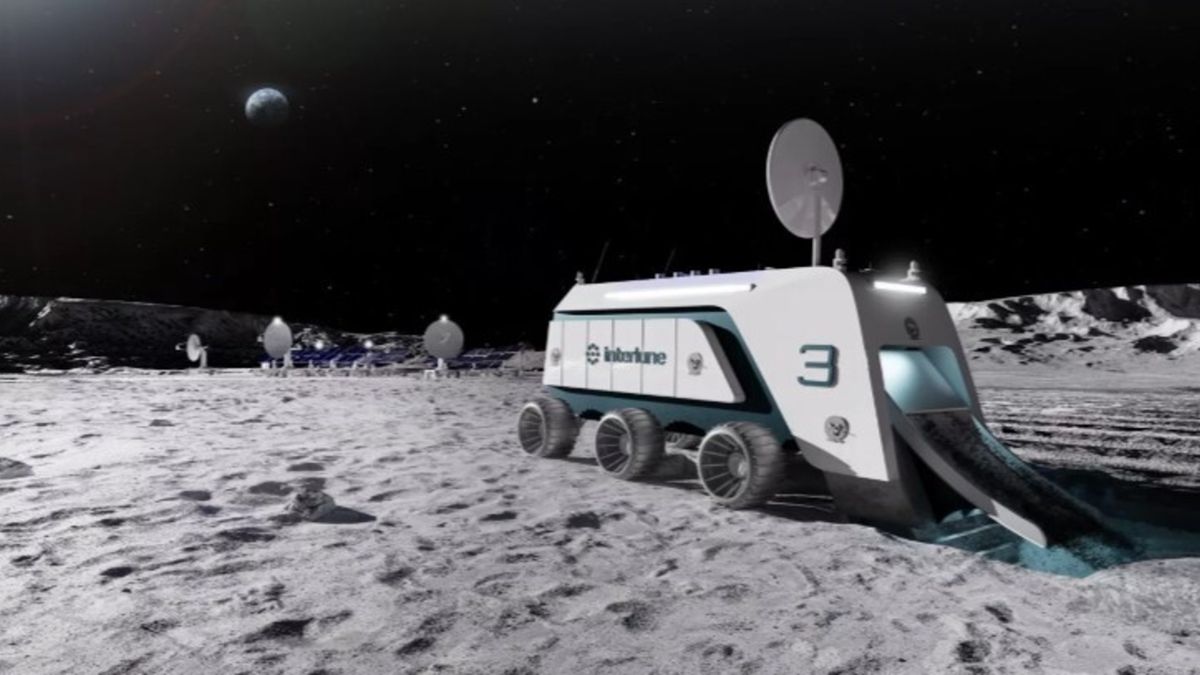Earth’s atmosphere contains carbon dioxide, which is good for life on Earth – in moderation. Plants use CO2 as the source of the carbon they build into leaves and wood via photosynthesis. In combination with water vapor, CO2 insulates the Earth, keeping it from turning into a frozen world. Life as we know it on Earth would not exist without CO2 in the atmosphere.
Since the industrial revolution began, however, humans have been adding more and more carbon dioxide to the Earth’s atmosphere, and it has become a problem.
The atmospheric concentration of CO2 has risen by more than 50% since industries began burning coal and other fossil fuels in the late 1700s, reaching concentrations that haven’t been found in the Earth’s atmosphere in at least a million years. And the concentration continues to rise.
Excess CO2 drives global warming
Who cares? Everyone should.
More CO2 in the air means temperatures at the Earth’s surface rise. As temperature rises, the water cycle accelerates, leading to more floods and droughts. Glaciers melt, and warmer ocean water expands, raising sea levels.
We are living with an increasing frequency or intensity of wildfires, heat waves, flooding and hurricanes, all influenced by increasing CO2 concentrations in the atmosphere.
The ocean also absorbs some of that CO2, making the water increasingly acidic, which can harm species crucial to the marine food chain.
Where is this additional CO2 coming from?
The biggest source of additional CO2 is the combustion of fossil fuels – oil, natural gas and coal – to power vehicles, electricity generation and industries. Each of these fuels consists of hydrocarbons built by plants that grew on the Earth over the past few hundred million years.
These plants took CO2 out of the planet’s atmosphere, died, and their biomass was buried in water and sediments.
Today, humans are reversing hundreds of millions of years of carbon accumulation by digging these fuels out of the Earth and burning them to provide energy.
Let’s dig a little deeper.
Where do CO2 emissions come from in the US?
The Environmental Protection Agency has tracked U.S. greenhouse gas emissions for years.
The U.S. emitted 5,053 million metric tons of CO2 into the atmosphere in 2022, the last year for which a complete emissions inventory is available. We also emit other greenhouse gases, including methane, from natural gas production and animal agriculture, and nitrous oxide, created when microbes digest nitrogen fertilizer. But carbon dioxide is about 80% of all U.S. greenhouse gas emissions.
Of those 5,053 million metric tons of CO2 emitted by the U.S. in 2022, 93% came from the combustion of fossil fuels.
More specifically: about 35% of the CO2 emissions were from transportation, 30% from the generation of electric power, and 16%, 7% and 5% from on-site consumption of fossil fuels by industrial, residential and commercial buildings, respectively. Electric power generation served industrial, residential and commercial buildings roughly equally.
What fossil fuels are being burned?
Transportation is dominated by petroleum products, or oil – think gasoline and diesel fuel.
Nationwide, power plants consume roughly equal fractions of coal and natural gas. Natural gas use has been increasing and coal decreasing in this sector, with this trend driven by the rapid expansion of the shale gas industry in the U.S.
U.S. forests are removing CO2 from the atmosphere, but not rapidly enough to offset human emissions. U.S. forests removed and stored about 920 million metric tons of CO2 in 2022.
How US CO2 emissions have changed
Emissions from the U.S. peaked around 2005 at 6,217 million metric tons of CO2. Since then, emissions have been decreasing slowly, largely driven by the replacement of coal by natural gas in electricity production.
Some additional notable trends will impact the future:
First, the U.S. economy has become more energy efficient over time, increasing productivity while decreasing emissions.
Second, solar and wind energy generation, while still a modest fraction of total energy production, has grown steadily in recent years and emits essentially no CO2 into the atmosphere. If the nation increasingly relies on renewable energy sources and reduces burning of fossil fuels, it will dramatically reduce its CO2 emissions.
Solar and wind energy became cheaper as a new energy source than natural gas and coal, but the Trump administration is cutting federal support for renewable energy and is doubling down on subsidies for fossil fuels. The growth of data centers is also expected to increase demand for electricity. How the U.S. meets that demand will impact national CO2 emissions in future years.
How US emissions compare globally
The U.S. ranked second in CO2 emissions worldwide in 2022, behind China, which emitted about 12,000 million metric tons of CO2. China’s annual CO2 emissions surpassed U.S. emissions in 2005 or 2006.
Added up over time, however, the U.S. has emitted more CO2 into the atmosphere than any other nation, and we still emit more CO2 per person than most other industrialized nations. Chinese and European emissions are both roughly half of U.S. emissions on a per capita basis.
Greenhouse gases in the atmosphere mix evenly around the globe, so emissions from industrialized nations affect the climate in developing countries that have benefited very little from the energy created by burning fossil fuels.
The takeaway
There have been some promising downward trends in U.S. CO2 emissions and upward trends in renewable energy sources, but political winds and increasing energy demands threaten progress in reducing emissions.
Reducing emissions in all sectors is needed to slow and eventually stop the rise of atmospheric CO2 concentrations. The world has the technological means to make large reductions in emissions. CO2 emitted into the atmosphere today lingers in the atmosphere for hundreds to thousands of years. The decisions we make today will influence the Earth’s climate for a very long time.
This article is republished from The Conversation, a nonprofit, independent news organization bringing you facts and trustworthy analysis to help you make sense of our complex world. It was written by: Kenneth J. Davis, Penn State
Read more:
Kenneth J. Davis does not work for, consult, own shares in or receive funding from any company or organization that would benefit from this article, and has disclosed no relevant affiliations beyond their academic appointment.
.png)
 German (DE)
German (DE)  English (US)
English (US)  Spanish (ES)
Spanish (ES)  French (FR)
French (FR)  Hindi (IN)
Hindi (IN)  Italian (IT)
Italian (IT)  Russian (RU)
Russian (RU) 














Comments